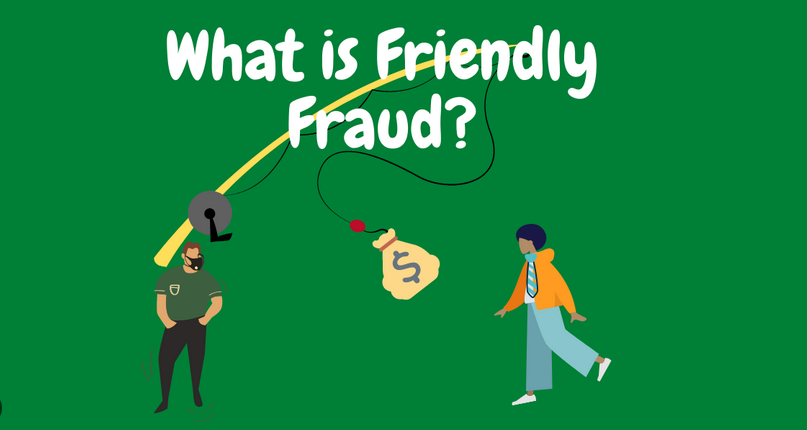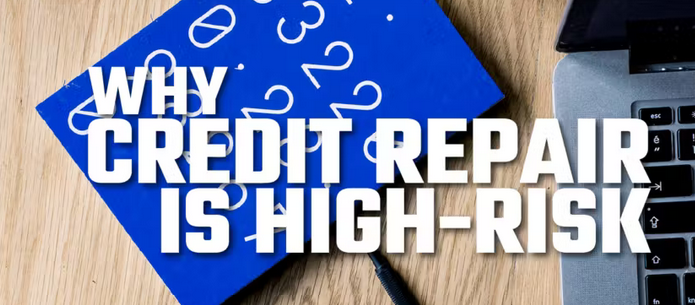In the realm of online payments, friendly fraud has become a prevalent issue that can wreak havoc on businesses. This blog post aims to provide a detailed understanding of friendly fraud, its impact on merchants, and effective strategies to prevent it. We will explore what friendly fraud entails, how it can harm your business, methods to detect it, preventive measures, and address frequently asked questions surrounding friendly fraud.
What is Friendly Fraud?
Friendly fraud, also known as chargeback fraud or first-party fraud, occurs when a customer deliberately disputes a legitimate transaction despite having received the product or service. It often stems from misunderstandings, buyer’s remorse, or an attempt to obtain a refund without following proper channels.
How can Friendly Fraud Hurt Your Business?
Friendly fraud can have detrimental effects on businesses, including:
- Financial Loss: Merchants are forced to issue refunds, resulting in lost revenue and potential chargeback fees.
- Increased Chargeback Rates: Frequent chargebacks can lead to higher processing fees, loss of payment processing privileges, and legal consequences.
- Damaged Reputation: Consistent chargebacks tarnish a merchant’s reputation, eroding trust with customers and payment service providers.
How can You Detect Friendly Fraud?
Detecting friendly fraud can be challenging, but there are some key indicators to look out for. One of the first signs is a sudden increase in chargebacks without any valid reason or customer complaints. Analyzing transaction patterns, such as multiple chargebacks from the same customer, can also be a red flag. Inconsistent or incomplete customer information, mismatched billing and shipping addresses, and unusually large purchases can indicate potential friendly fraud. Monitoring customer behavior, keeping detailed records of interactions, and implementing fraud prevention tools can help businesses identify and mitigate friendly fraud instances effectively.
High Volume of Orders:
Be wary of customers who make an unusually high number of purchases within a short period.
Larger Order Sizes than Usual:
Monitor orders that significantly deviate from a customer’s typical spending patterns.
Commonly Stolen Item:
Identify products or services that are frequently associated with friendly fraud attempts and exercise caution.
What Steps can You Take to Prevent Friendly Fraud?
Preventing friendly fraud requires a proactive approach and a combination of strategies. First, ensure clear communication with customers, providing detailed product descriptions, shipping information, and return policies to set clear expectations. Implement robust fraud detection tools that can identify suspicious activities and patterns. Verify customer information and require strong authentication measures during checkout to ensure the legitimacy of transactions. Keep thorough records of customer interactions and transaction details as evidence in case of disputes. Promptly respond to customer inquiries and complaints to address any issues before they escalate into chargebacks. Educate customers about the consequences of friendly fraud and the importance of resolving disputes directly with the merchant. By taking these preventive measures, businesses can significantly reduce the occurrence of friendly fraud and protect their bottom line.
Call Customers to Validate the Purchase
Contact customers directly to confirm their intent and verify the legitimacy of high-risk transactions.
Provide a High Quality of Customer Service
Maintain excellent customer support to address inquiries, concerns, and refund requests promptly, minimizing the likelihood of chargebacks.
Document Evidence of Product Delivery
Maintain thorough records of delivery receipts, tracking numbers, and customer signatures to provide evidence in case of disputes.
Create a Deny List of Unreliable Customers
Keep a record of customers who have previously exhibited fraudulent behaviour and proactively block future transactions from them.
Utilize a Fraud Detection Tool
Implement advanced fraud detection tools and technologies that analyze transaction patterns, IP addresses, and customer behavior to identify potential instances of friendly fraud.
Friendly fraud poses a significant challenge to online businesses, affecting their financial stability, reputation, and customer trust. By understanding the nature of friendly fraud and implementing preventive measures, merchants can protect themselves from the damaging consequences. By staying vigilant, providing exceptional customer service, leveraging fraud detection tools, and maintaining thorough documentation, businesses can reduce the occurrence of friendly fraud and safeguard their bottom line.
FAQs about Friendly Fraud
What is the punishment for friendly fraud?
The punishment for friendly fraud can vary based on jurisdiction, but it can include fines, penalties, and legal actions against the fraudulent party.
How much does friendly fraud cost?
The cost of friendly fraud can be substantial, including the amount refunded, chargeback fees, additional processing fees, and potential revenue loss.
How does friendly fraud impact merchants?
Friendly fraud impacts merchants by causing financial losses, increased chargeback rates, and reputational damage, which can lead to difficulties in obtaining payment processing services.
What steps can merchants take when faced with friendly fraud chargebacks?
Merchants can respond to friendly fraud chargebacks by providing compelling evidence of the transaction’s validity, maintaining comprehensive documentation, and working closely with payment service providers to resolve disputes in their favor.




